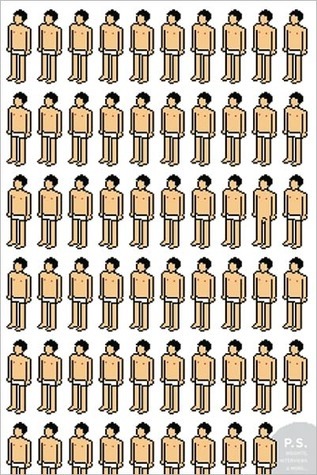So what went wrong? Well, here’s the condensed version. It’s all to do with investor confidence. Hundreds of dot-com start-ups around the world joined the stock markets. Most weren’t turning a profit and had pitiful sales levels. But what they did have was the distinct whiff of revolutionary technology. Investors were desperate to get in on the ground floor, and banks would offer greenhorn companies huge borrowing levels (debt to you and me) to get them on their way. Share prices skyrocketed as investors ignored profits (there still weren’t any) and instead used measurements such as website
...more
This highlight has been truncated due to consecutive passage length restrictions.
venture capitalist tells a deflated Ethan: “There’s nothing the world wants as little as a new technology company. If you give a company $2 million, they’ll spend it all and never ship a profitable product.” Not for the first time, Douglas Coupland was ahead of the game, and it took another seven years for real-world investors to come to the same conclusion. By the end of 2000 the dream was over. Investors who had started getting impatient about their lack of financial return from the Internet now began stampeding toward the exit signs. Technology share prices collapsed, and so did the prospects of thousands of dot-com employees who had accepted equity packages in the companies they worked for. The geek’s beloved desktop WinQuote window, for so many years a kaleidoscope of escalating share prices, now looked out onto a vista of tumbling numbers and corporate bloodshed. Venture capital firms, who two years before couldn’t get enough of projects like Oop!, now couldn’t run away fast enough from hexed technology start-ups.


